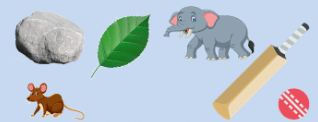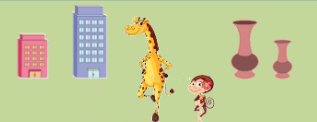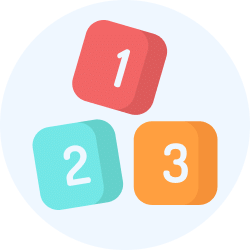Class 1 Exam > Class 1 Notes > Year 1 Mathematics IGCSE (Cambridge) > Chapter Notes: Measurement
Measurement Class 1 Notes Maths Chapter 7
Some words like big, thin, tall, etc. help us to compare the sizes of objects. There are some special words that help us to describe the position of one object with respect to another.
Heavier and Lighter

Fatter and Thinner/Thicker and thinner

Tall and short
The document Measurement Class 1 Notes Maths Chapter 7 is a part of the Class 1 Course Year 1 Mathematics IGCSE (Cambridge).
All you need of Class 1 at this link: Class 1
|
7 videos|43 docs|10 tests
|
FAQs on Measurement Class 1 Notes Maths Chapter 7
| 1. How can we measure the length of an object accurately? |  |
Ans. The length of an object can be measured accurately using a ruler or a measuring tape. Ensure that the object is placed along the edge of the ruler or measuring tape, and the measurement is taken from the starting point to the ending point of the object.
| 2. What is the difference between measuring weight and measuring volume? |  |
Ans. Measuring weight refers to determining the force of gravity acting on an object, usually using a scale. Measuring volume, on the other hand, refers to determining the amount of space an object occupies, typically using a measuring cup or a graduated cylinder.
| 3. How can we convert units of measurement, such as from centimeters to meters? |  |
Ans. To convert units of measurement, such as from centimeters to meters, you can use conversion factors. For example, to convert centimeters to meters, divide the number of centimeters by 100, as there are 100 centimeters in a meter.
| 4. What are some common tools used for measuring different quantities? |  |
Ans. Common tools used for measuring different quantities include rulers for length, scales for weight, measuring cups for volume, thermometers for temperature, and stopwatches for time.
| 5. Why is it important to use standardized units of measurement? |  |
Ans. It is important to use standardized units of measurement to ensure consistency and accuracy in communication and comparison of measurements. Standardized units help avoid confusion and errors in measurements.
Related Searches

















